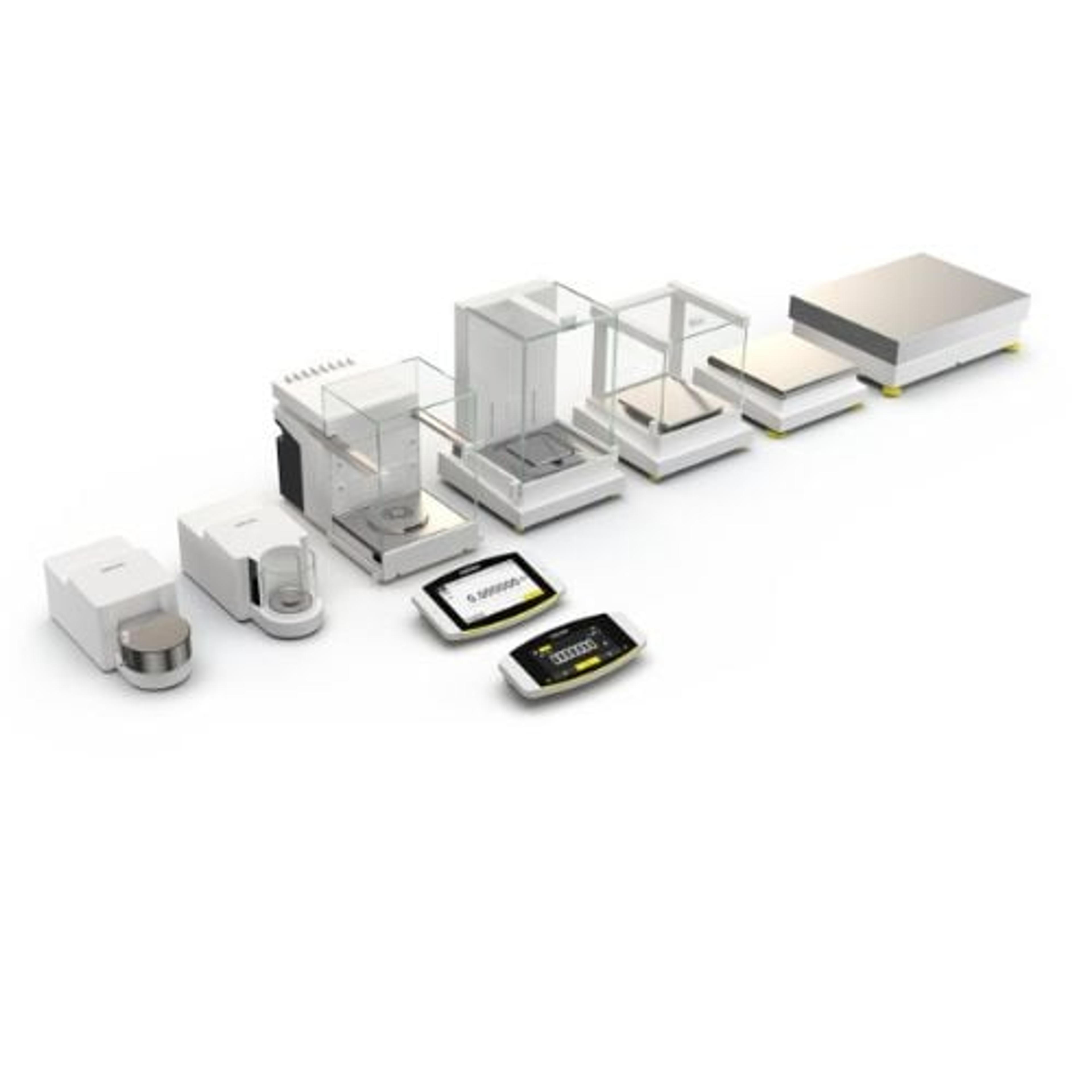Meet the adaptable, vastly configurable balance for personalized, high-performance weighing and end-to-end data integrity
To match the ever-demanding regulatory needs of the pharmaceutical industry, one fully compliant laboratory balance system utilizes customizable modularity for a new era of precision and integrity
23 Sept 2019
Weighing in a regulated environment can be complex, with stringent compliance directives and controls required to deliver the accuracy and reliability of results required by the pharmaceutical industry.
One of the technologies helping scientists to achieve this level of accuracy is the Cubis® II balance series from Sartorius. Offering thousands of hardware and software configurations to meet ever-increasing user requirement specifications and compliance requirements, this upgraded model from its predecessor, Cubis® 1, packs in the same technical ability but brings some new features to the table. In this article, we talk to Sartorius’ lab weighing specialist, Peter Hickey, to discover how this new model helps to ensure error-free results and data integrity.
Hickey tells us more about the advances made in the latest Cubis model: "From a data integrity perspective – Cubis® 1 was already ticking over 95% of the boxes on what’s required and considering it has been on the market for over 10 years, that’s an achievement in itself. However, the whole area of data integrity has changed dramatically in recent years with much more stringent requirements being demanded. Cubis® II addresses all of these and more."
Lab weighing – get the first step right
You're moving the balance feet and watching this little bubble eventually go into the middle – some people find this challenging.
Peter Hickey Sartorius
Many processes in a laboratory environment start with a weighing element. If this is not correct, any errors generated here can have a significant impact on downstream processes, making precision at this stage absolutely critical. There are many factors to make sure that this step goes smoothly and before anybody uses a laboratory balance, they should always work to their lab’s standard operating procedure (SOP).
Hickey tells us: “It doesn't matter how old that SOP is or what sector it is in – I can guarantee you somewhere in the first two lines, it says ‘check that the balance is level’. This is where somebody has to go find the spirit level bubble and adjust the balance until it is level.”
While checking that your balance is level may seem like a straightforward step, it’s the first thing that people tend not to do, because of an expectation that it's going to be fine. But looking for the elusive spirit level bubble is not always the easiest of tasks. Sometimes a balance might be in a glove box, or in a containment booth, making this process difficult. However, not checking that the balance is level is one of the biggest generators of error in a weighing system.
It’s therefore not only vital to check that the balance you’re about to use has the correct readability for the sample size you are about to weigh out, but also to check that the balance is level, internally calibrated and set up correctly before you’re ready to use it.
The solutions?

The Cubis® II balance series has a few features that can help guide the way:
It will tell you something is wrong: The operator will be told that the balance isn't level, that it needs internal calibration or that a user is trying to weigh a sample in breach of the balance operating range.
It will prevent you from full functionality until it’s corrected: The balance can be set up to generate forced corrective action so that it actually prevents data being recorded unless all of the parameters for accurate weighing are met. This would be termed a ‘Strict Safety Level’ in Cubis® II.
It makes it easy to correct: Some people find leveling a balance challenging. Cubis® II features automatic leveling – just press a button, and a motor within the balance kicks in and levels itself. For internal calibration, the balance can be set up to calibrate automatically in the background or prompt the user manually to initiate it.
It maintains data quality: If a user decides to skip some steps and use the balance anyway, the data is not recorded, preventing any questionable results coming out of that balance due to technical problems. This is also a customizable step, and the balance can be configured so that any data produced can’t be printed or sent to a LIMS system, acting as another checkpoint and reminder to the user to make sure that the balance is set up correctly before proceeding.
Data integrity
The standalone Cubis® II system maintains the highest data integrity standards and safe long-term data storage systems, meaning that this balance offers the first fully 21CFR-compliant balance on the market.
- Comprehensive user management and password control: With local user management, you can create a password policy for additional security and have users sign in to use the balance with unique passwords that also define their access permissions. This can also work with a timeout feature, logging a user out of the system after a period of inactivity.
- Full audit trails: Time-stamped electronic data trails allow for any changes made to the balance to be logged and interrogated. This tamper-proof file can't be deleted or changed, which is now very important in a highly regulated environment.
- Alibi memory: Any time the balance generates a result that goes to the printer or to a LIMS system, it’s automatically saved in the memory of the balance for future inspection.
- Automatic backup and archiving: Ensure data safety and prevent data loss, with automatically scheduled backups of audit data trails, alibi memory data and more.
Want to know more?
- Discover more details on the technical solutions offered by the Cubis® II balance series in the white paper: Cubis® II Pharma Compliant by Design
- Download the free application eBook: Data integrity - weighing in a regulated environment

